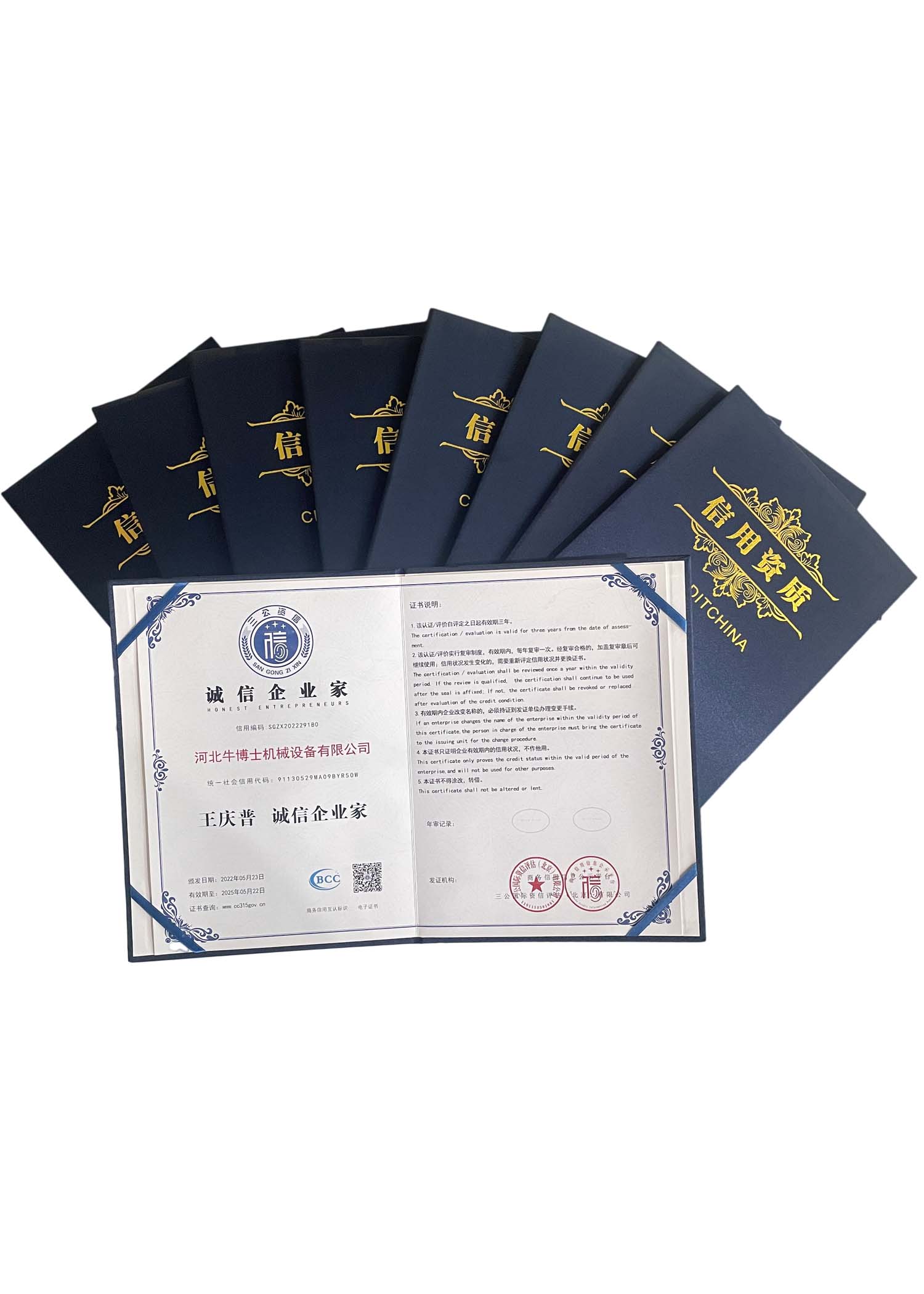Wheat Cutting Reaper Price - Affordable Agricultural Solutions
The Evolution and Pricing of Wheat Cutting Reapers An Overview
Wheat is one of the most vital crops worldwide, serving as a staple food for billions. As agriculture has evolved, so too have the tools used in the harvesting process. Among these innovations, the wheat cutting reaper has played a crucial role in improving efficiency and productivity in wheat farming. This article explores the development of wheat cutting reapers and factors influencing their prices today.
Historical Context
Historically, wheat harvesting was labor-intensive and time-consuming. Before the advent of mechanized equipment, farmers relied on hand tools like sickles and scythes. The introduction of the reaper in the early 19th century revolutionized this process. Cyrus McCormick patented the mechanical reaper in 1834, dramatically reducing the amount of labor required to harvest wheat. This machine could cut and gather wheat much more efficiently than manual methods, leading to a surge in wheat production and a corresponding growth in the agricultural economy.
Modern Innovations
Today, wheat cutting reapers have evolved into sophisticated machines equipped with advanced technology. They come in various forms, including self-propelled combines and tractor-mounted harvesters. Modern reapers not only cut wheat but also thresh and clean the grain in a single pass, significantly reducing the labor and operational costs associated with harvesting. Companies are continuously innovating by integrating GPS technology, which allows farmers to optimize their routes and minimize overlap, thereby increasing efficiency.
Factors Influencing Prices
wheat cutting reaper price

The price of wheat cutting reapers can vary widely based on several factors. One major determinant is the type and model of the reaper. Basic models designed for small-scale farms may be priced lower than high-end, fully automated combines used in large agricultural operations. Additionally, features such as cutting width, grain handling capacity, and technological advancements can significantly influence the pricing structure.
Market demand also plays a pivotal role. As global populations grow and the demand for wheat increases, farmers are more inclined to invest in efficient harvesting equipment. This rising demand can lead to higher prices, especially for advanced machinery that promises higher yields. Conversely, during periods of economic downturn or crop failures, demand and prices may decrease.
Regional Variations
Geography also impacts the pricing of wheat cutting reapers. In regions with a strong agricultural base, such as North America and Europe, the competition among manufacturers can keep prices more affordable. In contrast, in developing nations where agricultural mechanization is still in its infancy, prices may be higher due to limited access to technology and support services.
Conclusion
The wheat cutting reaper has come a long way from its humble beginnings, shaping the agricultural landscape as we know it today. Understanding the pricing dynamics of these machines is essential for farmers looking to enhance their efficiency and productivity. As technology continues to advance and the global demand for wheat grows, it is likely that the market for wheat cutting reapers will evolve, presenting both challenges and opportunities for farmers worldwide. Investing in the right reaping technology is crucial, not only for immediate productivity but also for the sustainability of agriculture in the face of changing economic and environmental conditions.
Latest news
-
Mini Combine Harvester for Soybean | Compact & Efficient Soybean Harvesting SolutionsNewsNov.24,2025
-
Mini Combine Harvester for Paddy – Compact, Efficient Rice Harvesting SolutionsNewsNov.24,2025
-
Mini Chain Harvester: Compact Forestry Solutions for Sustainable LoggingNewsNov.23,2025
-
Kartar Mini Harvester – Compact, Efficient Harvesting Machinery for Small FarmsNewsNov.23,2025
-
Compact Power: Elevate Your Farming with Harvesting Machine SmallNewsNov.22,2025
-
Discover the Power and Potential of Harvester Mini Combine Machines | Efficient Small-Scale HarvestingNewsNov.22,2025








